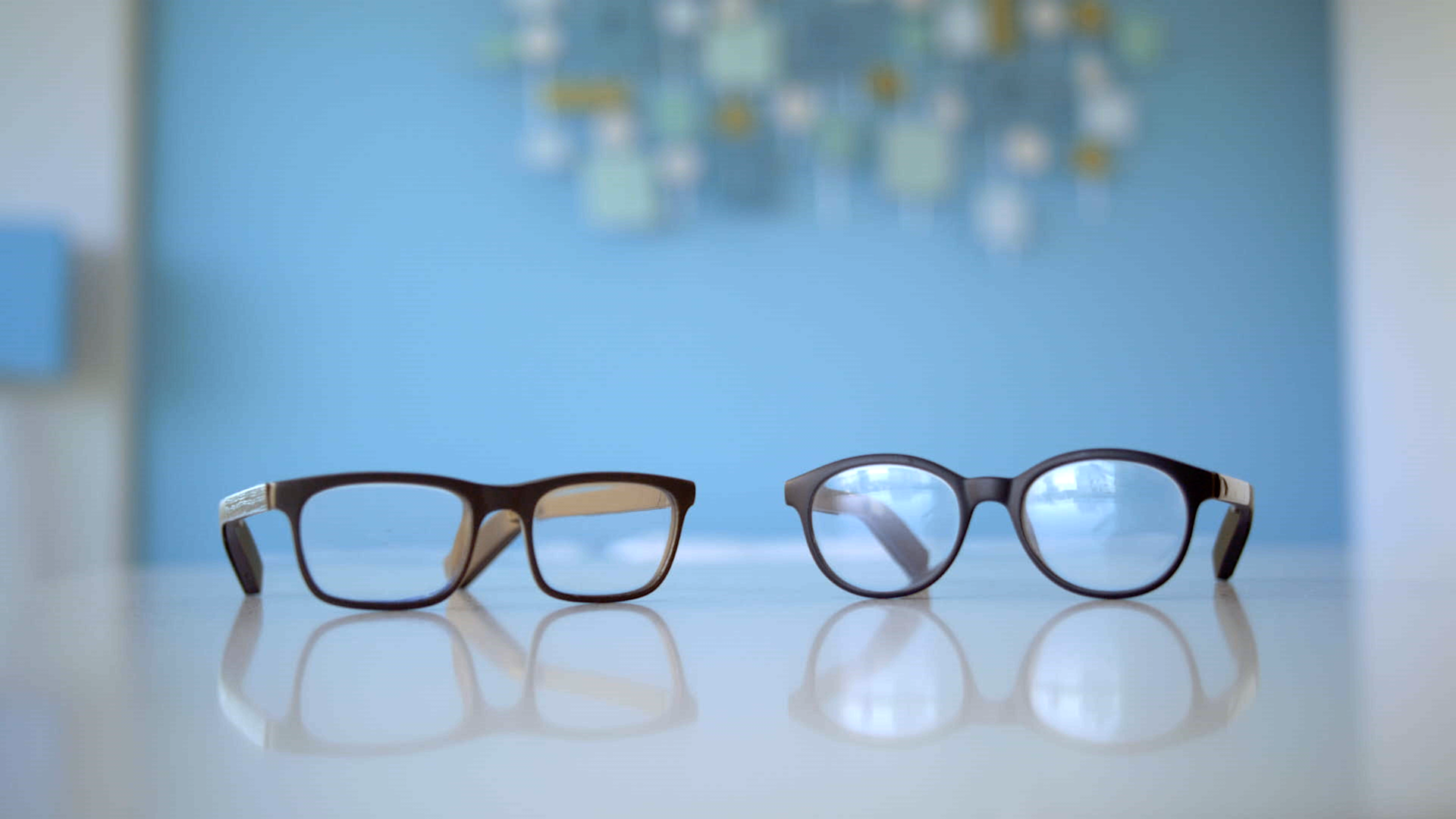Ever wondered about the costs involved in crafting those stylish eyeglasses you wear? In this blog post, we're diving into the realm of eyewear production expenses, shedding light on what goes into making those sleek frames and clear lenses. Let's explore the economics of eyeglass manufacturing!

When it comes to manufacturing eyeglasses, several factors contribute to the overall cost. From materials and design to production methods and quality control, each aspect plays a role in determining the price tag of your favorite eyewear.
The type of material used for both frames and lenses significantly impacts the manufacturing cost. Frames can be made from materials like acetate, metal, or titanium, each with its own associated costs. Similarly, lens materials vary in terms of their features and production expenses.
Intricate and innovative frame designs often require advanced techniques and precision machinery, which can raise production costs. Simpler designs might be more cost-effective to produce.
The production method employed also influences costs. Handcrafted frames may require more labor and time, while automated manufacturing processes can streamline production but might involve higher initial investments.
Ensuring the quality of each pair of eyeglasses involves inspections, adjustments, and potential rework. Quality control efforts contribute to the overall cost but are crucial for delivering reliable and comfortable eyewear.
Well-established brands and those with higher marketing expenses might pass some of these costs onto the consumer. This can affect the final price of eyeglasses.
Special coatings, lens treatments, and customizations all add to the manufacturing expenses. These features enhance visual comfort and durability but can increase costs.
The costs associated with distribution, including shipping, retail overheads, and markups, are also reflected in the final price of eyeglasses.
The manufacturing cost of eyeglasses varies based on a multitude of factors. From the chosen materials and design complexity to production techniques and quality control efforts, each aspect contributes to the overall price. When purchasing eyeglasses, it's essential to consider the balance between quality, features, and your budget. Understanding the elements that influence eyewear costs empowers you to make an informed decision and find eyeglasses that meet your visual needs and style preferences.